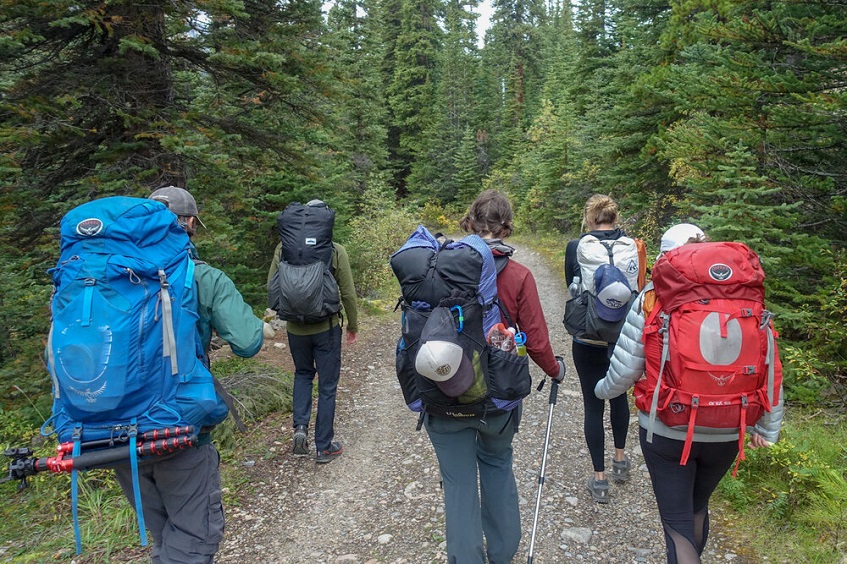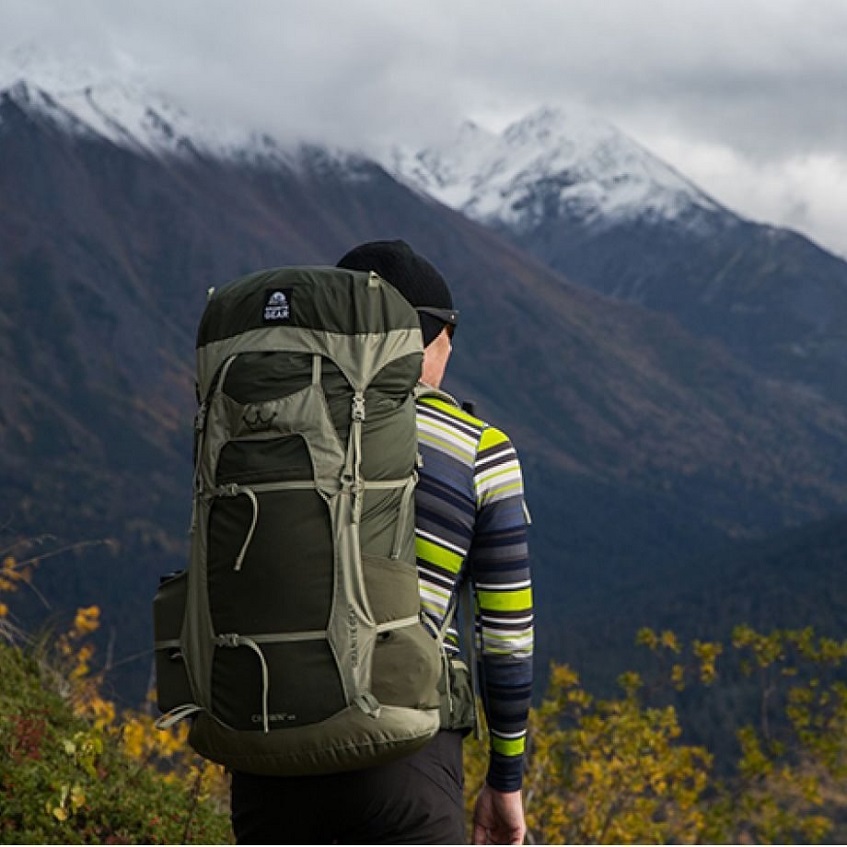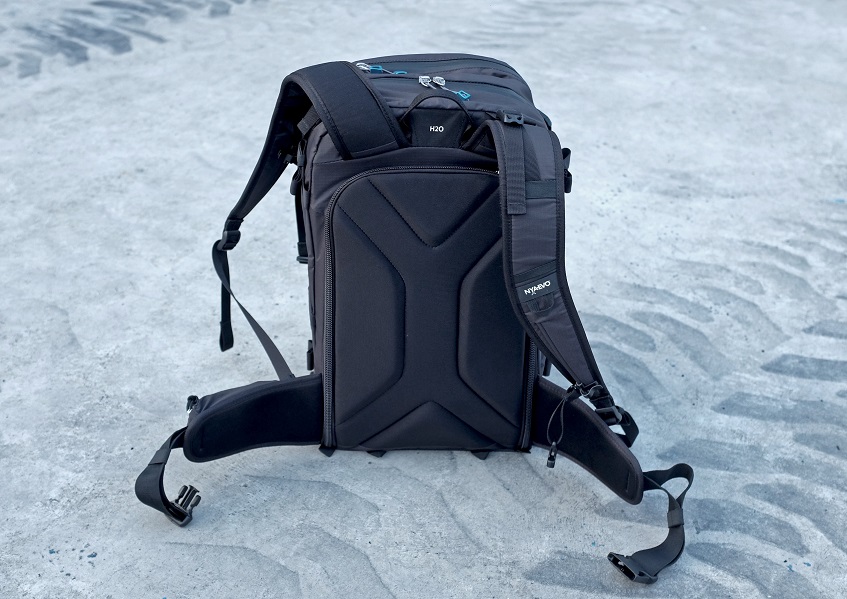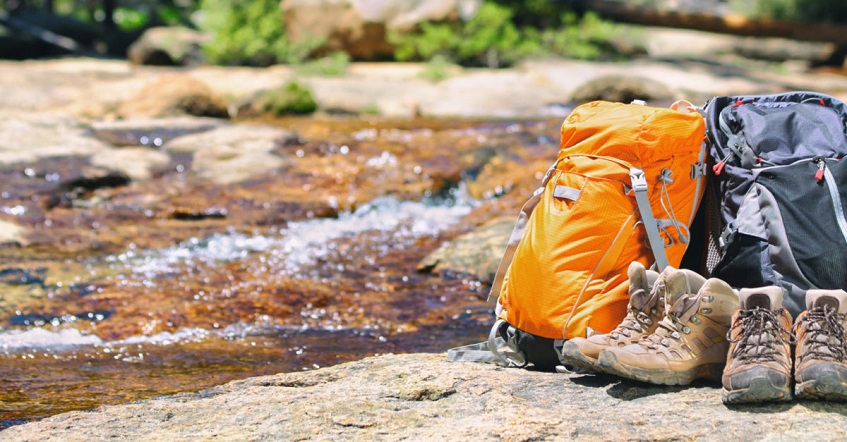
Hiking for Beginners: Mistakes to Avoid When Buying a Hiking Backpack
Hiking is a delightful way to explore nature. Transported by your own feet and carrying only what you need for the adventure, you can discover the beauty of nature at your own pace. And, with a little planning and preparation, it’s an activity that almost anyone can do.
When gearing up for your hiking trip, choosing the right backpack can make all the difference between a great adventure and an uncomfortable trip. Like many beginners, you might think you need to buy the typical top-loading backpack you see many hikers using. But this could be a huge mistake. Most top-loading backpacks are not secure enough and often too big for beginners. Here are some of the things you’ll want to avoid when buying a backpack for hiking.

Source: menshealth.com
Contents
A Top-Loading Backpack
Many hiking bags only open from the top and not from the front, like a regular backpack. The problem with that becomes obvious when you need to get something out of it. For example, if you need to get something from the bottom of the bag, you’ll have to dump everything else to get to it. On the other hand, hiking backpacks whose entire front opens allow you easy access to any item in your bag.
An Oversized Backpack
You may be tempted to get a big bag to carry all your “must-haves”, but extra space will only encourage you to bring extra items that you don’t really need. Your survival does not depend on packing another flannel shirt.
If you’re wondering how big hiking backpack do I need, the length of your hike is what will determine the size of your backpack. For a day of hiking, a backpack between 10 and 25 litres should be enough. You could fit your sports water bottle and your picnic in this pack as well as a jacket and sunscreen to protect your skin. For more than a day hike, you may need a pack between 20 and 35 litres.
You’ll need to carry more gear in your pack for a multi-day hike which entails camping and cooking rather than staying in huts or rented accommodation. For hiking that will last for more than 3 days, you’ll need a backpack of 35 litres capacity minimum – even if you plan to stay in accommodations. The longer the hike, the more likely you are to encounter unpredictable weather, you’ll need more changes of clothes, and generally have more gear.

Source: pangolinswithpacks.com
A Backpack Without Padding
Padding means added comfort. You’ll want a padded hip belt, padded shoulder straps and padded or back contour. Having padding on the hip area is important as most of the weight will be transferred while you walk. The best kind of hip belt is adjustable, so you can tighten or lose it as needed. Because the backpack’s load is designed to weigh your shoulders, you need extra padding for this area too.
You will suffer less back and shoulder pressure if you get enough padding in this area. Get a backpack that has only one piece of padding to prevent it from thinning out or splitting during use. A lumbar-shaped backpack is also much easier on your back than a straight-shaped one. The arch conforms to your back, eliminating possible back pain and allowing air to more and keep you cool.
A Backpack That Doesn’t Fit Right
How should a hiking backpack fit, you may ask? It should fit just right. It’s important to understand that not every backpack fits every person. The right backpack will make a 20 kilos load feel like 15 kilos, while a poor-fitting or flimsy pack makes that same weight feel much heavier. To fit right, the backpack needs to accommodate your torso length, which is the distance from your sixth vertebra down to the point of your back that is at the same level as your hip’s iliac crest. All you need to find this measurement is a tape measure and a helper.

Source: smartertravel.com
A Backpack That Isn’t Water Resistant
Although your hiking pack doesn’t have to be impervious to water or rain, it should be at least made from semi-waterproof fabric. If there is a chance of rain, you can consider packing your kit in dry bags inside your rucksack or take a waterproof over-cover. Backpacks made of fully waterproof fabrics are available, but they tend to cost a little more or be basic in terms of features.
A Backpack With a Heavy Frame
Because you want a backpack that is light, you should look for one that has a less bulky frame, modern materials and good design. Basic hiking backpacks have simple frames and can carry loads of up to 15 kilos. If you are planning on carrying a heavier load, you should look for a backpack with a sturdier frame, which will inevitably increase your weight. Bigger packs should have extra padding to keep them comfortable with big loads and they should also be built with more sturdy materials to be able to handle the extra wear and tear.
A Backpack Full of Bells and Whistles
Ideally, you want a backpack to carry your equipment in a way that is comfortable and non-damaging to your body. If you have a specific need to have compartments, zippers, clips and straps all over the bag then that’s fine. However, if you don’t necessarily need them, keep things simple and clean.

